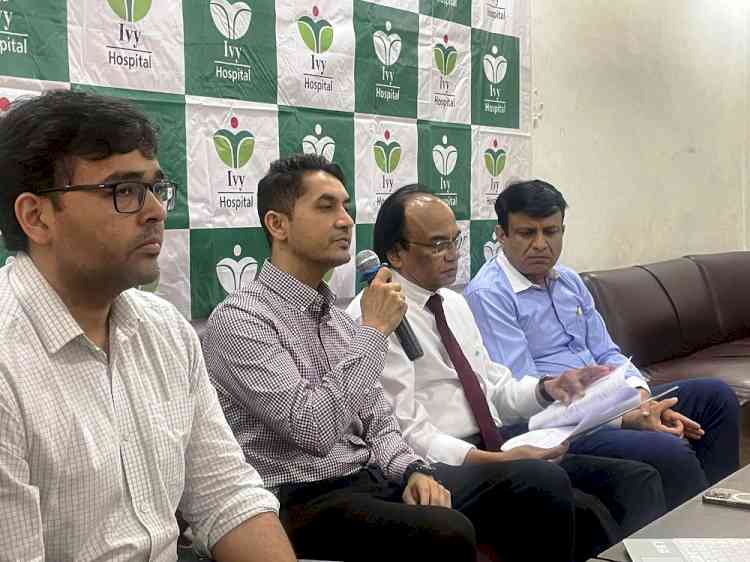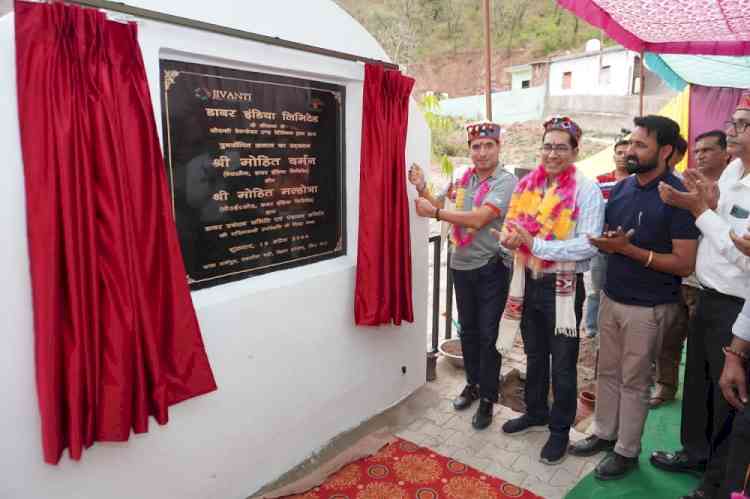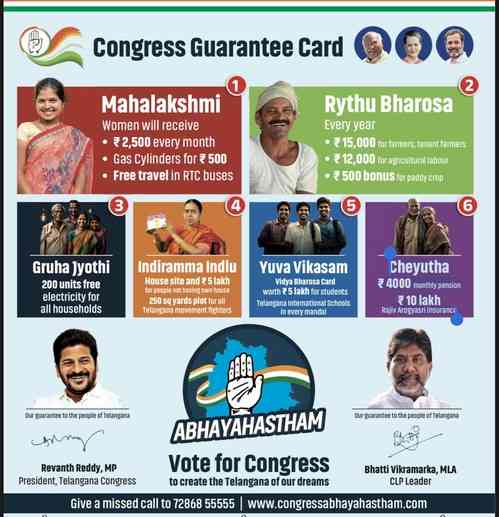The INR1trn Dilemma of Indian Banking - India Ratings
Author(s): India RatingsMumbai, January 9, 2014: India Ratings & Research (Ind-Ra) believes bank loans worth an estimated INR1.9trn-INR2.1trn and belonging to the top 100 corporates (non-financial and non-public sector) are due for refinancing...

Mumbai, January 9, 2014: India Ratings & Research (Ind-Ra) believes bank loans worth an estimated INR1.9trn-INR2.1trn and belonging to the top 100 corporates (non-financial and non-public sector) are due for refinancing in the next 12-15 months. This amount is around 27%-29% of the aggregate net worth of the banking system as at end-FY13. About 50% of this refinancing amount, equivalent to 13% of the banking system net worth as of FY13, may present a significant underwriting challenge to bankers under the prevailing macroeconomic situation.
Around 24% of the refinancing requirement (about 4%-5% of the banking system net worth) is attributed to the 20 companies already in distress. While another 26% of the refinancing requirement, attributed to 20 corporates, belongs to a category which Ind-Ra has termed as elevated refinancing risk (ERR). Companies at ERR have weak credit metrics. Generally, as a group, their asset coverage ratios are low and financial flexibility of the promoter is also limited. Under normal market conditions, they should be able to refinance at a high cost or with stringent covenants. However, this group may face significant challenges in debt refinancing during stressed market conditions.
About 34 corporates have refinancing risks which are manageable. Of these, 12 accounting for 27% of the refinancing requirement will be able to refinance debt at a reasonable cost even under stressed market conditions. Ind-Ra has termed this category as high ease of refinancing (HER). The other 22 corporates accounting for 23% of the refinancing amount will also be able to refinance debt but with moderate ease. This has been referred to as moderate ease of refinancing (MER). However, they may have to bear a high cost, especially under stressed market conditions.
Nearly 26 of the 100 top corporates considered have no significant refinancing exposure or are at negligible refinancing risk (NRR) till FY15. They have moderate levels of debt maturing or are likely to have sufficient free cash flows to service the maturing debt.
While driven possibly by credit rationing (at the bankers’ end), banks’ exposure to the MER and ERR group has grown at a much more muted level. The potentially low eagerness on the part of bankers may prove to be a challenge in debt refinancing to such categories. While the cautious approach adopted by bankers has an intuitive explanation, the banking system may face the dilemma that if refinancing decisions are not taken promptly (when required), some of the large-value loans belonging to the ERR category may become distressed.
Also, some corporates, particularly those with a low asset cover, may face underwriting challenges. Furthermore, given the low interest coverage of the corporates in the ERR category, a higher interest rate (possibly reflective of their risk) may affect their debt servicing ability further. As such, among these top 100 corporates, those in the NRR, HER and MER categories have shown a reduced dependency on the Indian banking system, while the dependency of those in the ERR and stressed categories has broadly remained unchanged.
(Source: Manager – Corporate Communications and Investor Relations, India Ratings & Research -A Fitch Group Company.)

 cityairnews
cityairnews 















